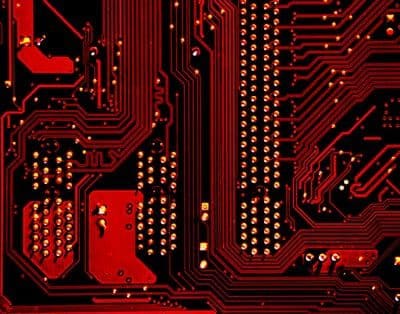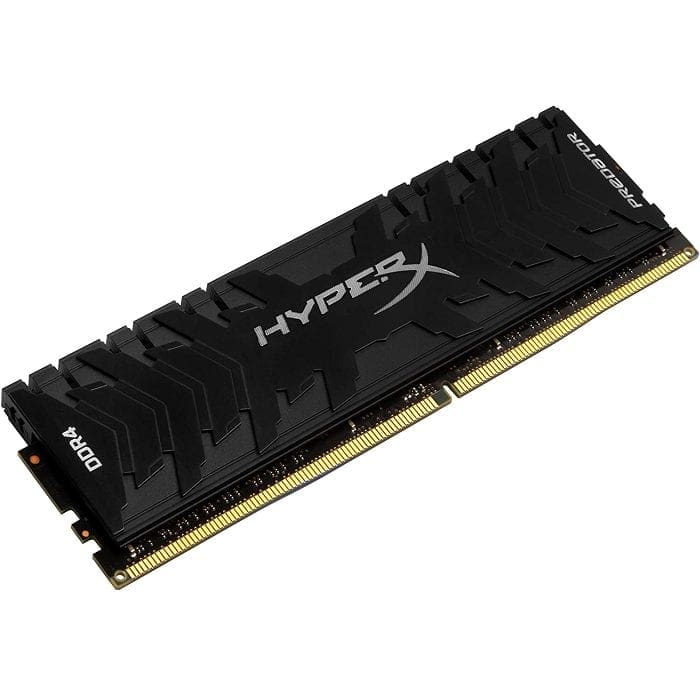Learn what is SMPS and the meaning of different efficiency ratings before choosing an SMPS for your computer.
SMPS is a device that regulates the voltage of unregulated signal using semiconductor switching methods. It lessens power consumption by your computer and decreases the amount of dissipated heat.
Contents
Technipages Explains SMPS
SMPS stands for Switched-Mode Power Supply. It’s an electronic device that converts electrical power from one form to another, usually from AC to DC, and performs voltage regulation.
Contrary to linear power supplies, an SMPS uses a switching regulator to control the conversion. It rapidly toggles a power semiconductor device, such as a transistor or MOSFET, on and off. Thus, the SMPS can successfully increase or decrease the input voltage level and provide a regulated output voltage.
The SMPS is widely used in computer systems, telecommunications, consumer electronics, and industrial equipment. Improved efficiency, smaller size, and lighter weight make SMPS a better choice than linear power supplies.
It even has the ability to achieve 80% or more efficiency levels by minimizing heat dissipation. This makes them highly energy-efficient and suitable for situations where power conservation and size limitations are crucial.

SMPS Based on Efficiency Ratings
1. Bronze
A power supply with an 80 Plus Bronze rating has a minimum efficiency of 82% at 20% load, 85% at 50% load, and 82% at 100% load. This means that at a 50% load, for example, the power supply will convert at least 85% of the input power into usable output power, with 15% being lost as heat.
Silver: An 80 Plus Silver-rated power supply has a minimum efficiency of 85% at 20% load, 88% at 50% load, and 85% at 100% load. It offers slightly higher efficiency across the load range compared to Bronze.
2. Gold
A power supply with an 80 Plus Gold rating has a minimum efficiency of 87% at 20% load, 90% at 50% load, and 87% at 100% load. Gold-rated power supplies are more efficient than Bronze and Silver-rated ones, because they convert more of the input power into usable output power while wasting less energy as heat.
3. Platinum
An 80 Plus Platinum-rated power supply offers a higher level of efficiency. Platinum-rated power supplies are even more efficient than Gold-rated ones. It has a minimum efficiency of 90% at 20% load, 92% at 50% load, and 89% at 100% load.
4. Titanium
The highest level of efficiency rating in the 80 Plus certification is Titanium. Titanium-rated power supplies are the most efficient, resulting in the least energy loss and lowest heat generation. A power supply with an 80 Plus Titanium rating must have a minimum efficiency of 90% at 20% load, 94% at 50% load, and 90% at 100% load.
While looking at the ratings, remember that the efficiency ratings indicate the efficiency of an SMPS in terms of power conversion. However, the ratings don’t consider other factors, such as power quality, voltage, or overall performance.
Things to Consider Before Getting an SMPS
Power Requirements
Before you purchase an SMPS, you need to calculate the total power requirements of your PC by adding up the power consumed by each component, including the CPU, graphics card, storage devices, etc. After the calculation, have some headroom and choose an SMPS with a high Watt rating.
Efficiency Rating
You should get an SMPS with a higher efficiency rating, like 80 Plus Gold or above. This will not only generate less heat but also offer reduced electricity costs and minimize energy wastage.
Brands and Warranty
Always go for an SMPS manufactured by reliable brands known for high-quality power supplies. Check out the user reviews and ratings available online for the brands to know about their reliability, performance, and customer support.
You should also look for products with a longer warranty because it indicates the manufacturer’s confidence in the product’s quality.
Size and Form
It’s crucial to choose an SMPS compatible with the case and motherboard of your computer. Before buying, check the dimensions and form of the SMPS so that it fits properly in your case.
Connectivity and Cable Configuration
The SMPS you’ll purchase should have enough connectors and cables to power all your components for your specific PC configuration. Check for the required connections such as CPU power connectors, PCIe connectors for graphics cards, and SATA connectors for storage.
Apart from the above points, you might consider other points according to your personal needs. For example, if you want to reduce cable clutter, you need to look for an SMPS that has a modular or semi-modular design. You can also watch out for the fan noise ratings if you want to have a quiet environment.
Conclusion
Now that you know what is SMPS and its efficiency ratings, you can easily choose a reliable one for your computer. If you know any important consideration point before getting an SMPS that hasn’t been covered here, mention it in the comment section.
Also, share this article with your friends on social media. Up next, modular vs. non-modular power supply.



